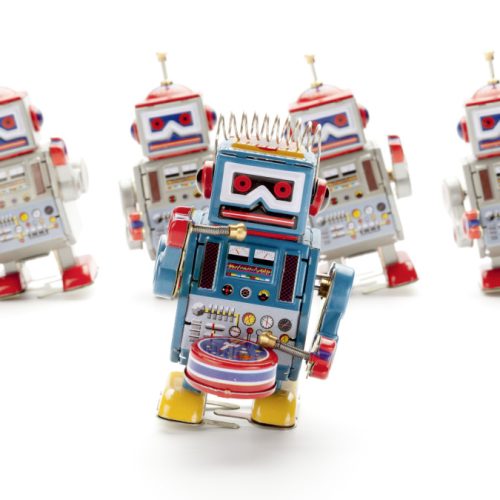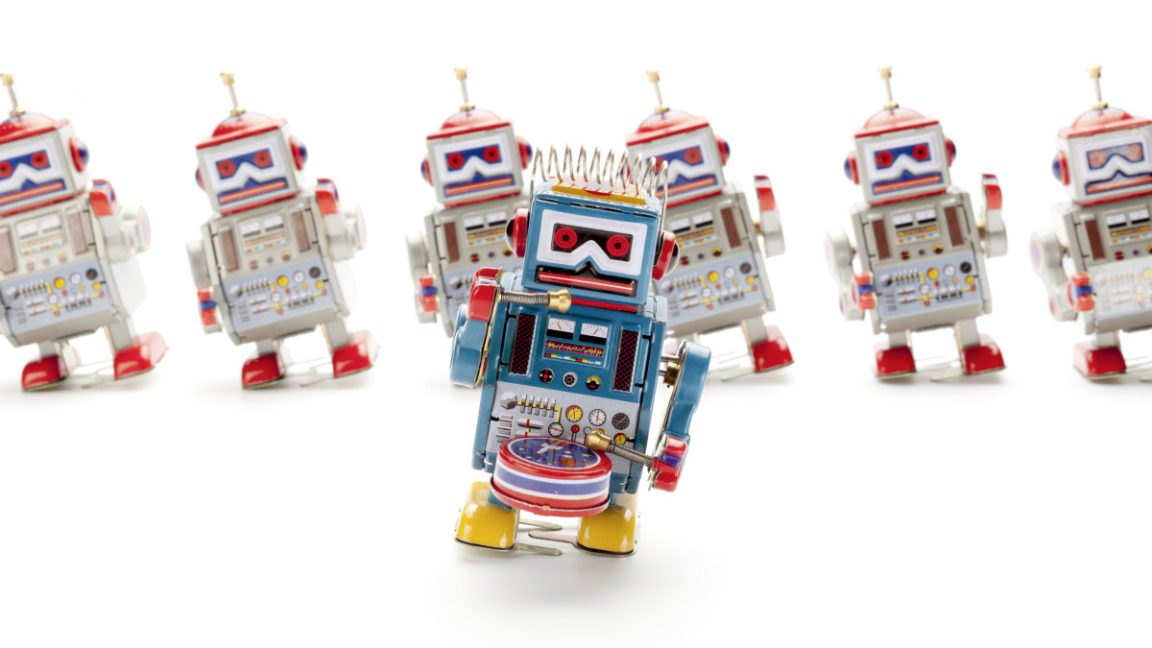ChatGPT made up a product feature out of thin air, so this company created it
On Monday, sheet music platform Soundslice says it developed a new feature after discovering that ChatGPT was incorrectly telling users the service could import ASCII tablature—a text-based guitar notation format the company had never supported. The incident reportedly marks what might be the first case of a business building functionality in direct response to an AI model's confabulation.
Typically, Soundslice digitizes sheet music from photos or PDFs and syncs the notation with audio or video recordings, allowing musicians to see the music scroll by as they hear it played. The platform also includes tools for slowing down playback and practicing difficult passages.
Adrian Holovaty, co-founder of Soundslice, wrote in a blog post that the recent feature development process began as a complete mystery. A few months ago, Holovaty began noticing unusual activity in the company's error logs. Instead of typical sheet music uploads, users were submitting screenshots of ChatGPT conversations containing ASCII tablature—simple text representations of guitar music that look like strings with numbers indicating fret positions.
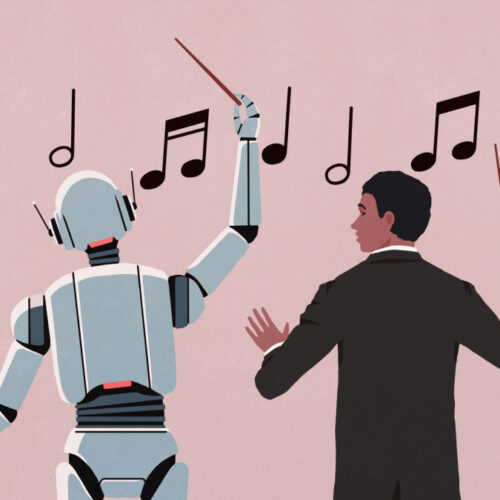

© Malte Mueller via Getty Images
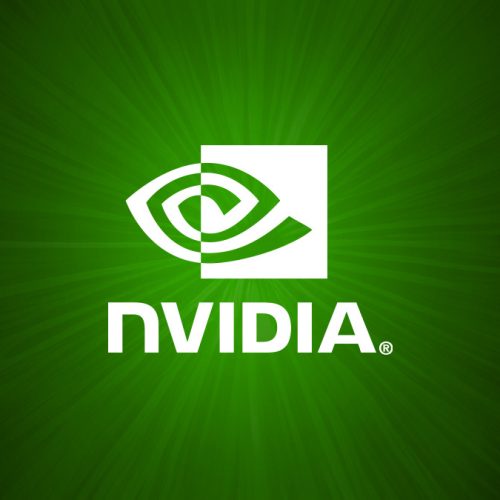
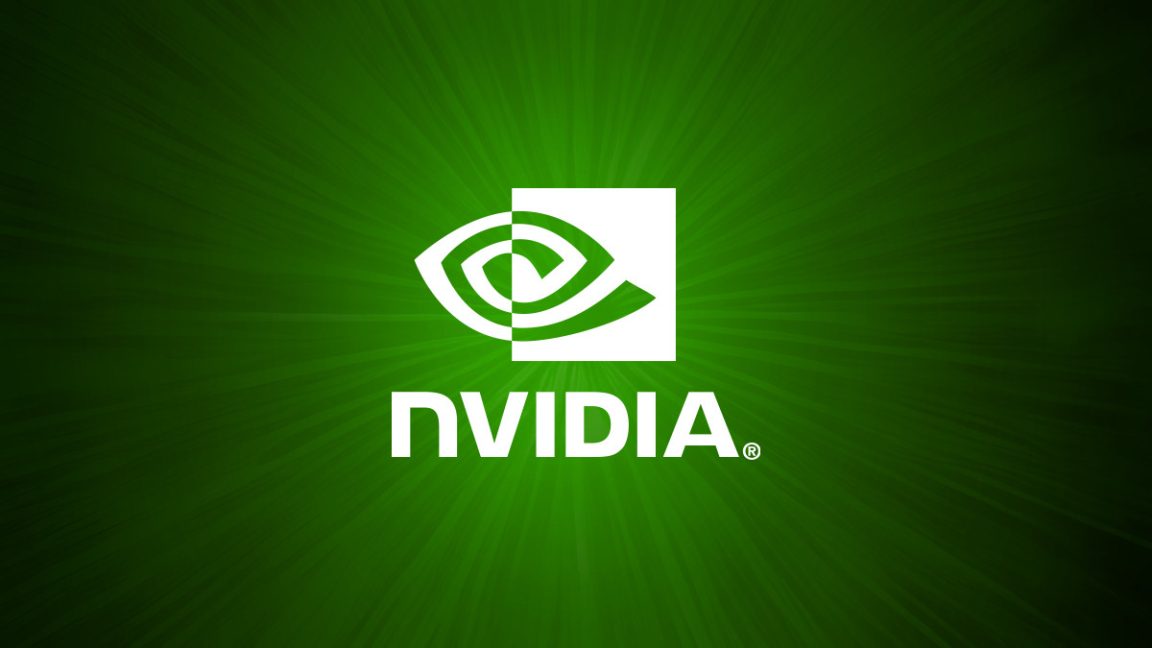
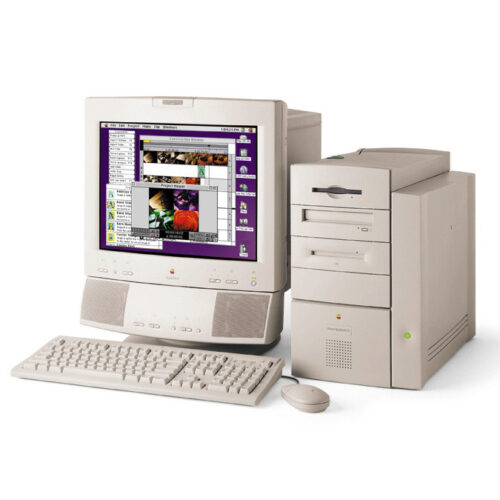
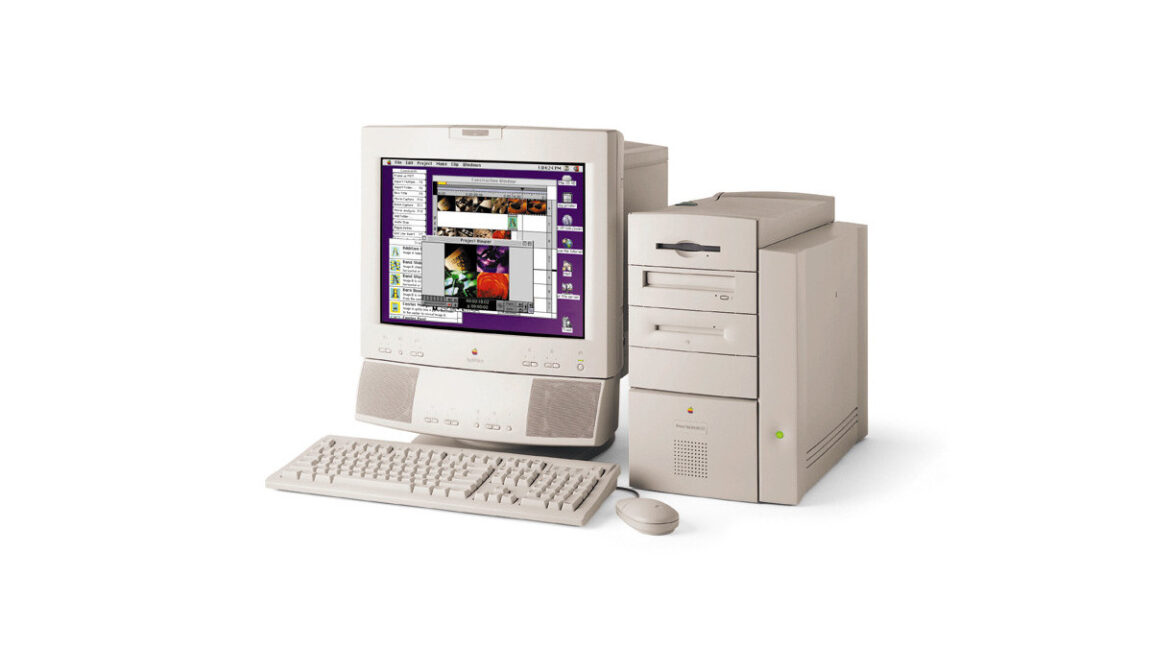


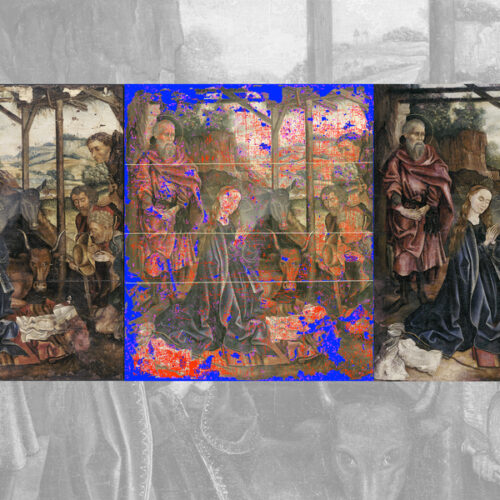
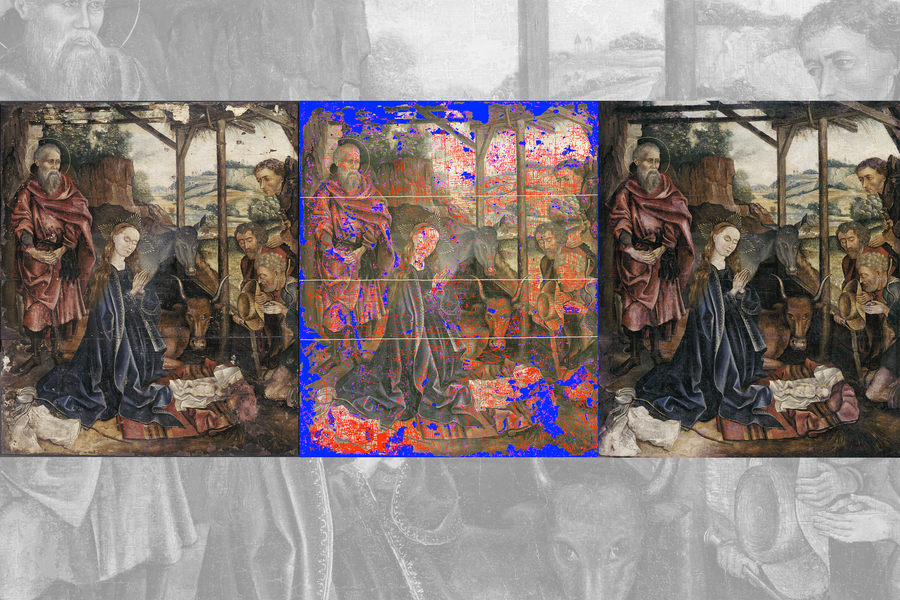






 A screenshot of Bill Atkinson's MacPaint, released with the Macintosh in January 1984.
Credit:
Benj Edwards / Apple
A screenshot of Bill Atkinson's MacPaint, released with the Macintosh in January 1984.
Credit:
Benj Edwards / Apple
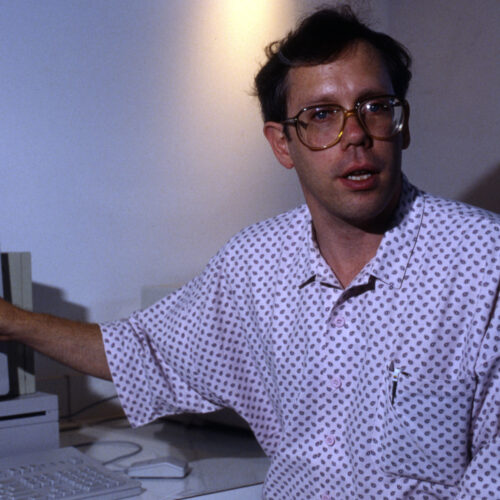
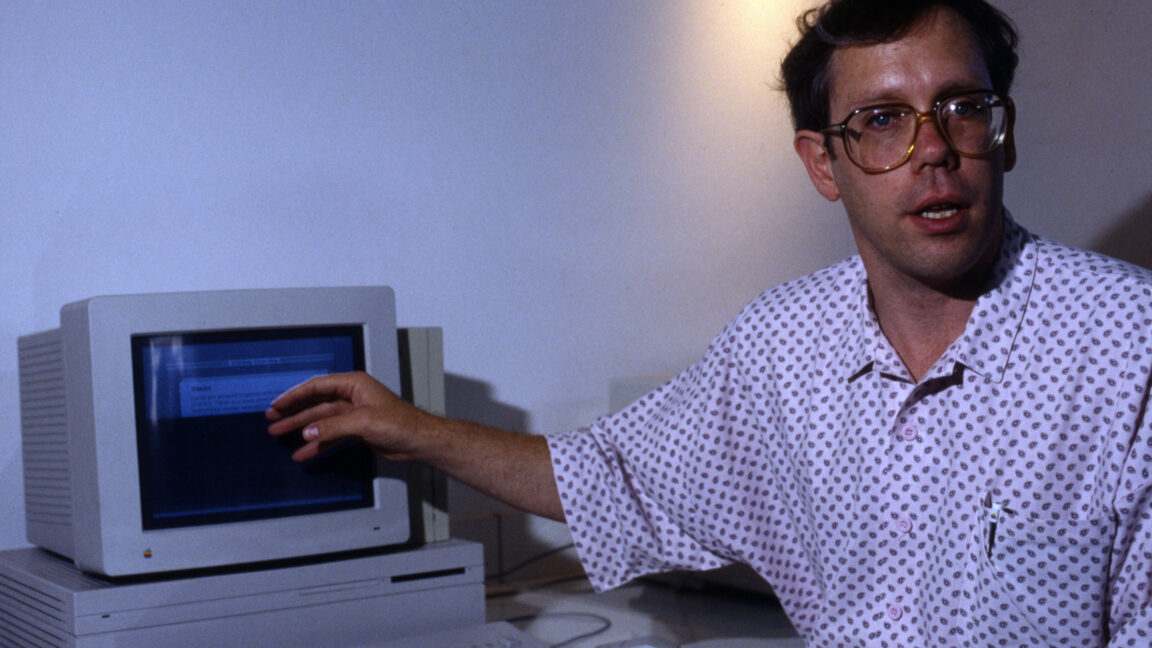


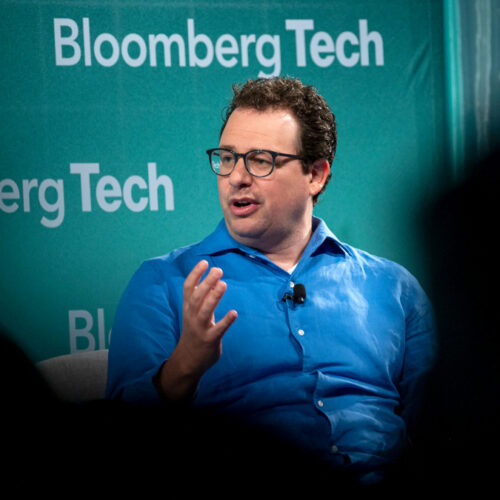
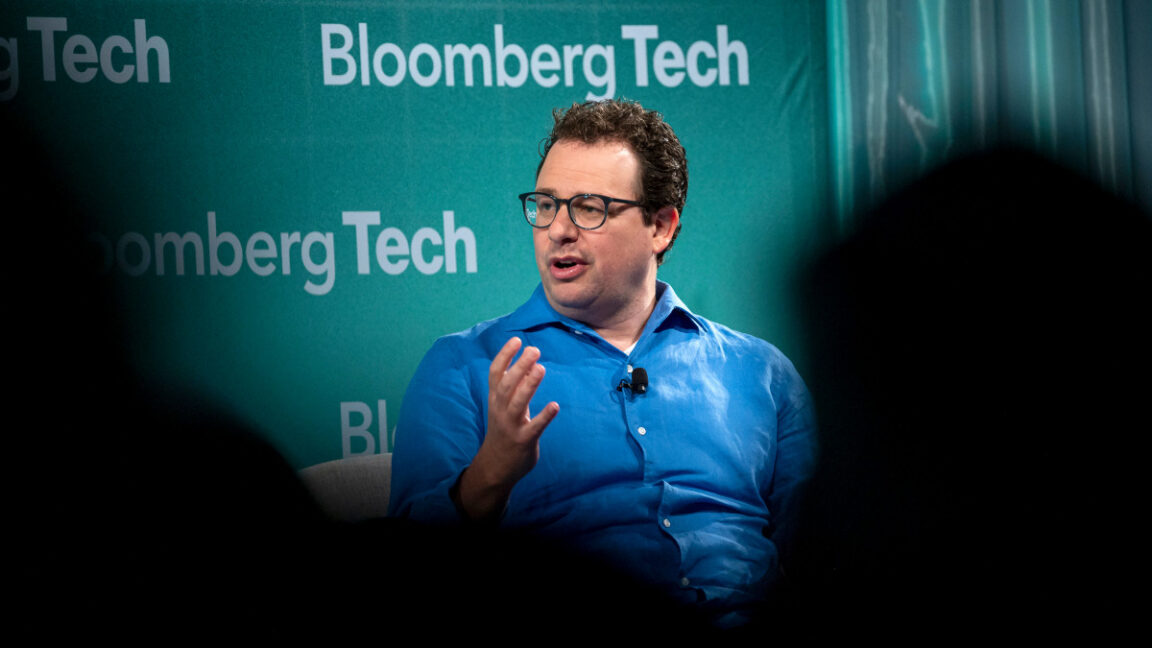
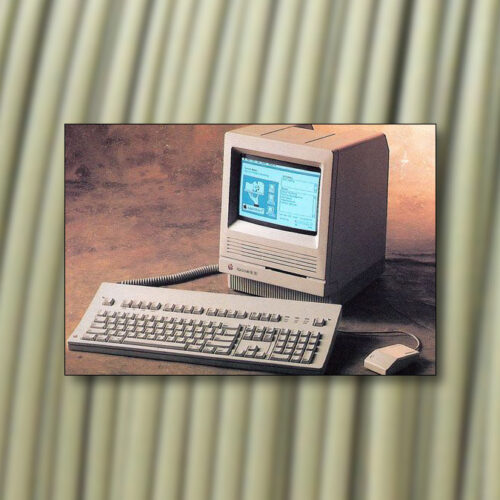
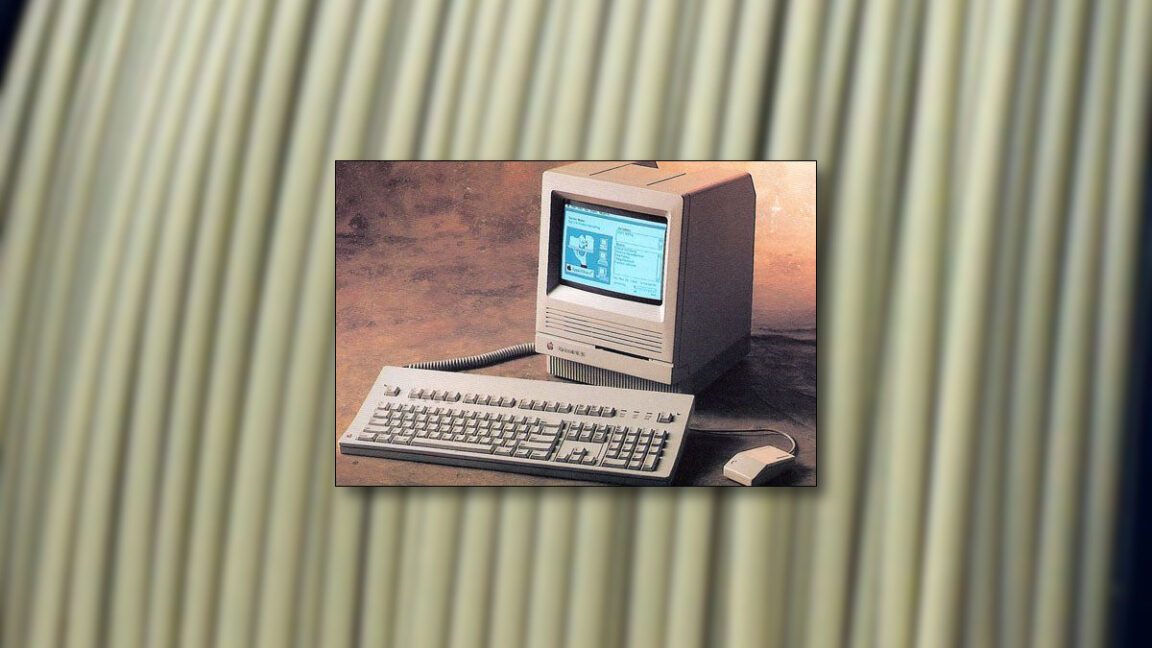
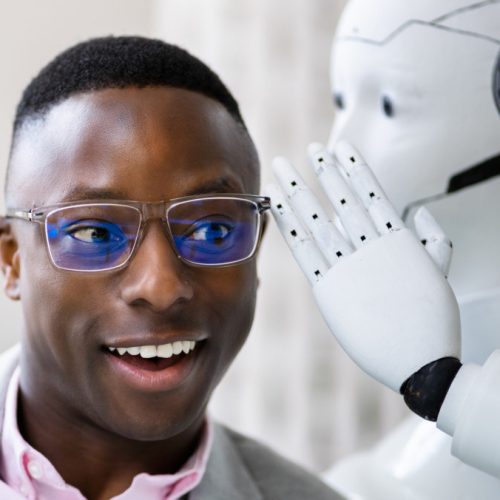





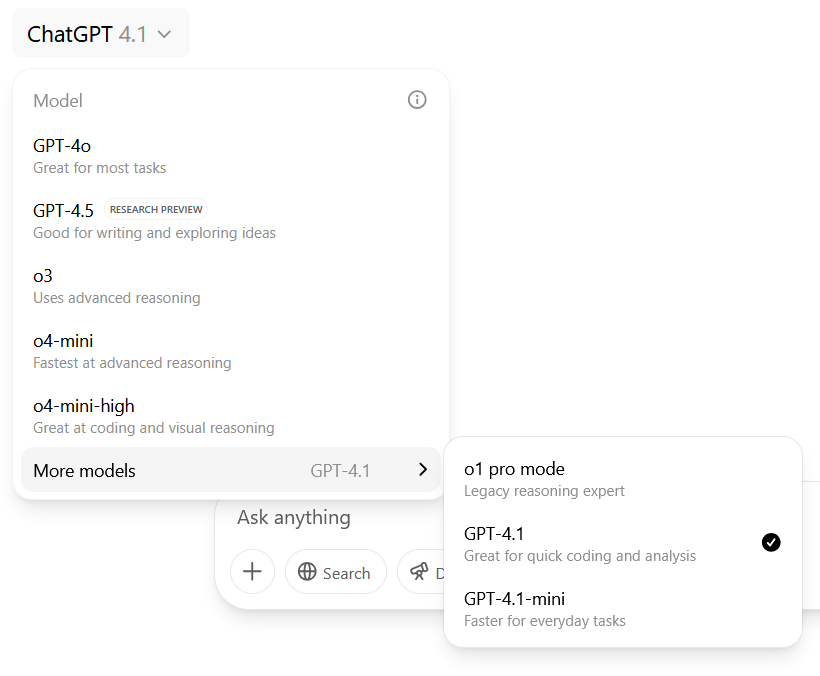 As of May 14, 2025, ChatGPT Pro users have access to eight main AI models, plus Deep Research.
Credit:
Benj Edwards
As of May 14, 2025, ChatGPT Pro users have access to eight main AI models, plus Deep Research.
Credit:
Benj Edwards
